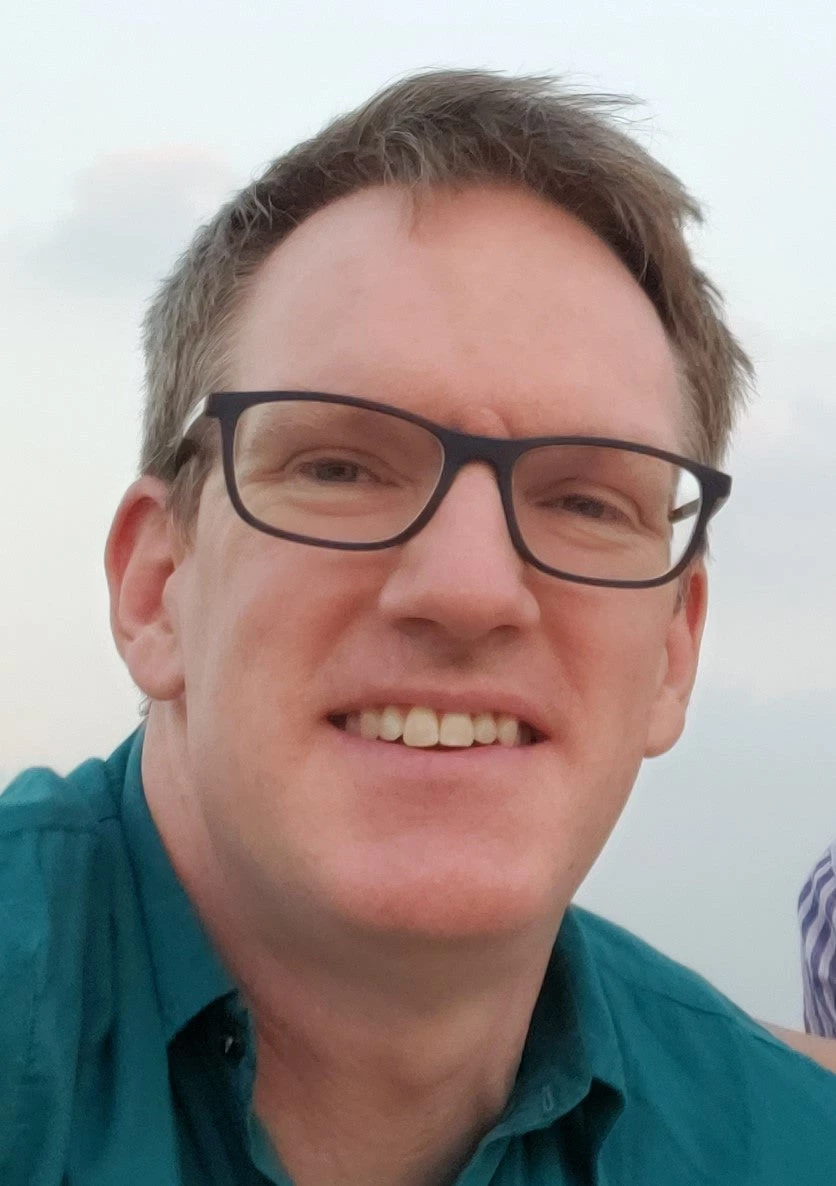India faces many challenges on the road to Universal Health Coverage (UHC). Almost two-thirds of total health spending is paid out-of-pocket by households , placing India among the top 10 countries in the world in this regard. Recent global estimates that aim to measure country progress towards UHC also highlight India’s gaps in terms of service coverage. 
So how does a country achieve UHC? One possible answer might be to discuss broad health system paradigms, but quite another would be to talk about the nuts and bolts of implementing a specific program. While the choice between paradigms is made, at most, once in a decade, figuring out how to implement a program happens every day. For this, practitioner-to-practitioner learning is one of the best ways to help implementers make real progress on the road to UHC.
This is the rationale for the World Bank-supported Government-Sponsored Health Insurance Forum in India. The Forum, launched in 2011, recently held its 12th gathering in New Delhi. It brings together policy-makers and practitioners from across India to discuss the “how-to” of implementing tax-funded health insurance programs. The Forum has continued to grow, and almost 20 Indian states participated in New Delhi, with the central Ministry of Health and Family Welfare (MoHFW) playing host.
The case for cross-state learning in India’s federal system is strong. Health is a state subject under India’s constitution, and states account for about two-thirds of the country’s total public health spending. The central government’s flagship Rashtriya Swasthya Bima Yojana (RSBY) health insurance program, which was launched in 2008 and covers hospital care for over 100 million people, is also implemented by the states. In addition, almost 25 states have launched their own health insurance schemes. Since over half of India’s 29 states have populations of over 30 million, many of these schemes have tens of millions of beneficiaries. Moreover, nearly all state programs are less than 10 years old. In fact, while the latest Forum was taking place, the state of Jharkhand (population 33 million) was launching its own new scheme.
Active state participation reflects the dynamism of UHC reform in India. Government-sponsored health insurance schemes have brought several innovations to India’s health system, and offer considerable potential for improving health system outcomes. But the programs are complex, their growing pains have been substantial, and in many cases, they have not lived up to their initial billing. Hence there is a growing need to take stock, learn from each other, and recalibrate.
All this brings us back to the nuts and bolts. Identifying beneficiaries, costing a benefit package, contracting insurers, empaneling hospitals, managing an IT system, controlling fraud, analyzing claims data, ensuring robust grievance redress mechanisms… the list goes on. It doesn’t make sense for every state to re-invent the wheel on each of these tasks. Early reformers can share lessons with newcomers, and the more advanced programs can look to each other to learn about the latest initiatives.
For instance, past Forums have shared learnings that have been replicated in many states. These include the costing of health services (first undertaken in Andhra Pradesh and Kerala and later by Chhattisgarh, Karnataka and Meghalaya, each building on the lessons of the others), as well as the collective work on fraud control (identifying red flags and triggers in claims data to prompt follow-up action by the insurer).
Given the valuable knowledge sharing that takes place at these events, there are plans to host at least two such gatherings in 2018. While the typical event features presentations and panel discussions followed by lively Q&A sessions, quiet chats during the breaks are just as valuable. As the latest two-day event came to an end, perhaps the most important words we heard were “see you next time”.



Join the Conversation